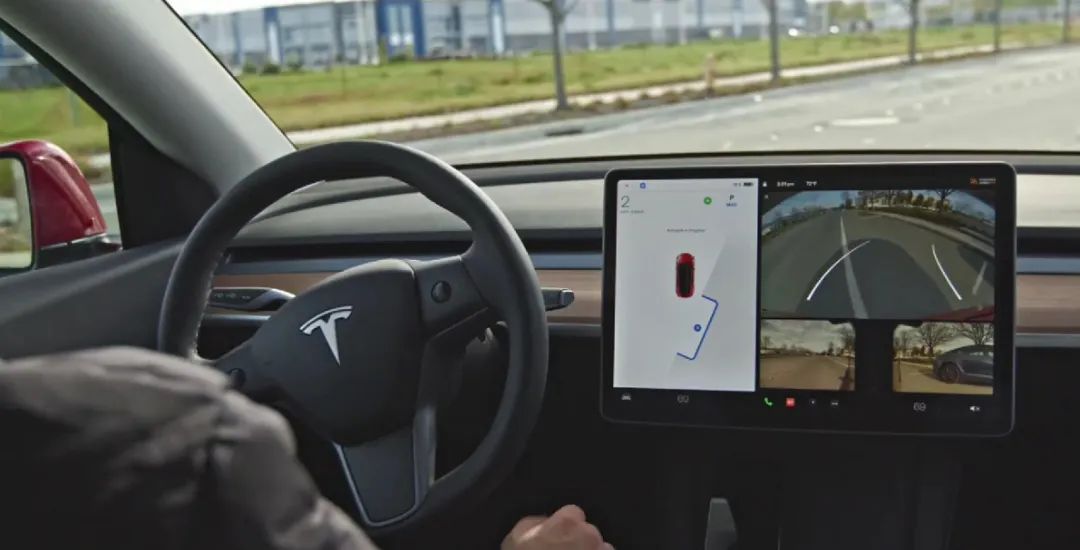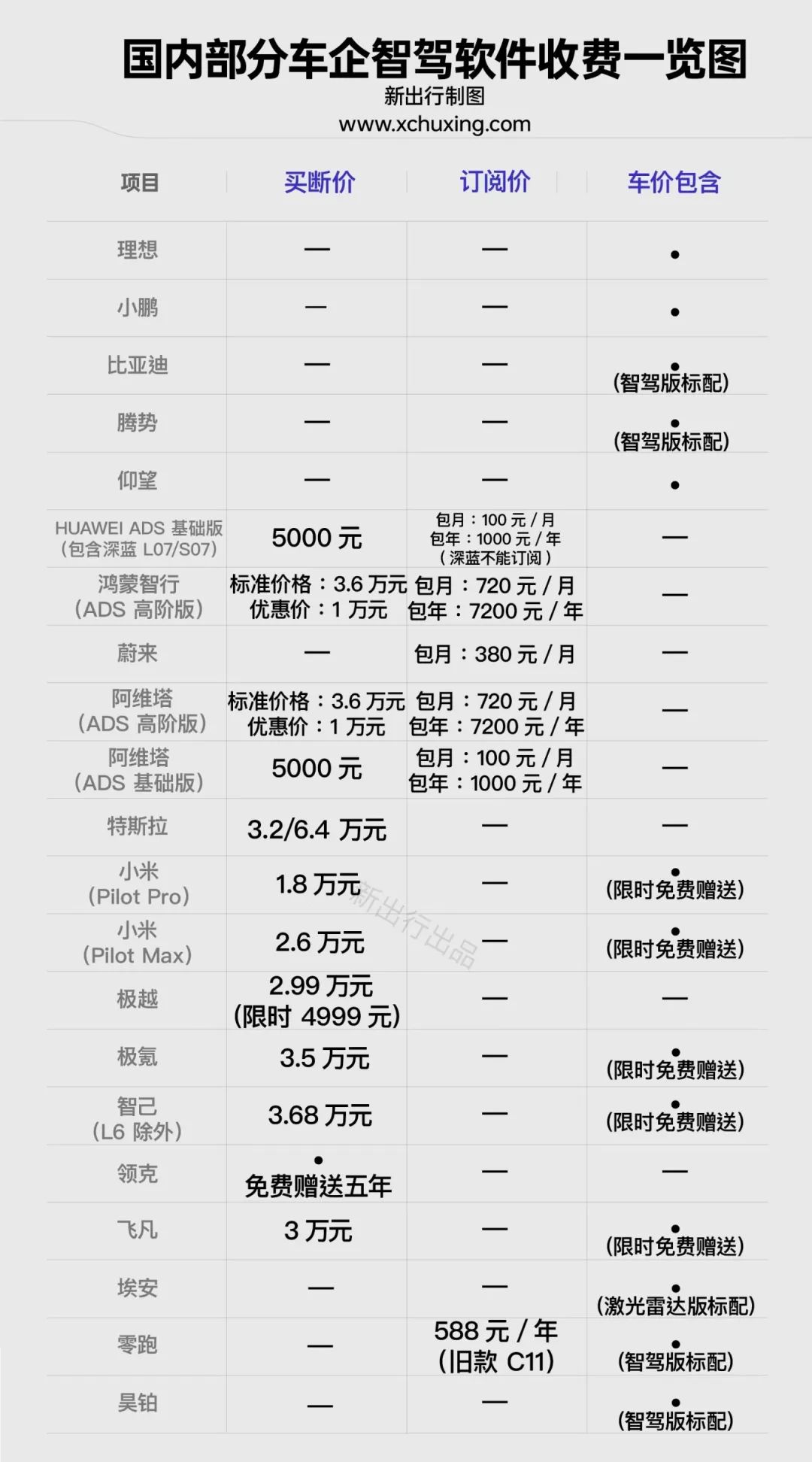Smart Driving Fee: A Budding Trend Quashed
![]() 02/17 2025
02/17 2025
![]() 348
348

Introduction
“BYD’s lingering influence proves far greater than anticipated.”
This week, BYD stirred up the automotive world once again.
A high-profile press conference, themed “ushering in the era of smart driving for all,” ignited heated discussions across the Chinese automotive landscape. The crux of this stir lies in BYD’s commitment to offering more features without hiking prices.

Remarkably, BYD equipped even its Seagull, priced just above 70,000 yuan, with the Heavenly Eye C. Features such as high-speed pilot assistance, full-scenario automatic parking, and AEB emergency braking under high-speed conditions are all included.
Such engineering prowess and cost control are truly awe-inspiring. To borrow Wang Chuanfu’s words, “Good technology should be accessible to everyone!”
Little did the public know that the day following the press conference, BYD held a small, closed communication meeting.
Two key points stood out: Firstly, for the Heavenly Eye C, in addition to the OTA upgrade of the so-called “commuting mode” this year, the R&D department is actively exploring the possibility of enabling full-domain urban pilot assistance. Secondly, all smart driving functions, whether hardware or software, will no longer be charged separately from now on.
This series of powerful “combination punches” has undoubtedly resonated deeply with many potential consumers. Perhaps many did not anticipate BYD boldly proclaiming, “When buying a car in 2025, look for smart driving capabilities.”
This sentiment seems to extend to Yu Chengdong as well.

“Usable smart driving and usable, safe smart driving are entirely different realms! We strive to maintain a generational lead, constantly advancing and improving! I recommend everyone to test drive Hongmeng Smart Drive’s AITO, ZHIJIE, XIANGJIE, and future ZUNJIE vehicles!”
“Reducing costs and popularizing basic smart driving assistance is commendable. However, conflating the concept of high-level smart driving with basic entry-level assistance is inappropriate!”
These two posts on his WeChat Moments, though unnamed, clearly target BYD. The intensity of his response stems from Huawei’s substantial investment in smart driving, effectively positioning it as a leader in the field.
Without exaggeration, Huawei wields significant discourse, definition, and pricing power. However, BYD’s aggressive moves have eroded Huawei’s “moat,” at least in the minds of ordinary consumers.

“If a Seagull priced just above 70,000 yuan can offer high-speed pilot assistance, how can other new energy vehicles priced in the hundreds of thousands continue to use it as a selling point? Furthermore, if BYD enables nationwide use of the Heavenly Eye C by year-end, how can competitors boast?”
These are genuine grievances from my friends, albeit bluntly worded. The core message is spot-on.
Moving forward, while there will still be differences in the actual experience of different systems, novice users may not care as much. At least from a marketing perspective, no one will have a dominant advantage. With BYD’s decisive entry, the significance of 2025 as the inaugural year of “smart driving popularization” becomes increasingly evident.
Of course, the title of today’s article has sparked a chain reaction.
In fact, last year’s article “Should High-Level Smart Driving Be Charged?” presented a relevant table compiled by “New Travel.” It included Tesla, NIO, Xiaomi, Jiyue, Zeekr, Feifan, Zhiji, Lynk & Co., as well as the entire Hongmeng Smart Drive lineup endorsed by Huawei, including AITO and Shenlan, among others using Huawei technology.

For charging high-level smart driving, companies adopt methods such as outright purchase and subscription.
Tesla, Xiaomi, Jiyue, Zeekr, Feifan, Zhiji, and Lynk & Co. offer a one-time purchase for lifetime access to high-level smart driving. The entire Hongmeng Smart Drive lineup, along with AITO and Shenlan, employs both outright purchase and subscription models. NIO charges on a monthly basis.
In contrast, brands like Lixiang, Xiaopeng, BYD, Yangwang, Denza, Lingpao, Aion, and Haopai include the hardware costs of high-level smart driving directly in the vehicle price, mostly in high-end and top-end versions.
However, it must be noted that to attract customers, many brands, despite ostensibly charging for high-level smart driving, employ promotional strategies like “limited-time free gifts.”

The reason is straightforward. “To make good steel, one must first have strong iron.” Before addressing the “ease of use” and merely solving the problem of “usability,” why should car owners pay for it?
Moreover, all automakers should understand: “In the current sluggish economic environment, cost-conscious consumers will only pay for truly essential features. Otherwise, it should be offered for free.”
As BYD prepares to deliver over 4 million new vehicles equipped with Heavenly Eye C, offering free hardware and software, the cognitive education of potential customers will become increasingly ingrained. It is plausible that charging for high-level smart driving will be quashed.
Just imagine, even if Tesla’s FSD enters China, how many will pay over 60,000 yuan for it?

Taking Xiaopeng as another example, this week, the automaker, having rebounded from lows, released a user survey report for its popular B-segment pure electric sedan, the P7+. One slide in the PPT clearly states: “Industry’s first full-line standard Turing AI high-level smart driving (NGP), no options, no fees, no subscriptions.”
These three keywords encapsulate its strategic direction and indicate a new industry trend.
After all, competition in the Chinese automotive market surpasses everyone’s imagination. The role of high-level smart driving has swiftly transformed from a “bonus feature” to a “necessity” for a product.
This shift in identity also means that the difficulty of separate charging, especially for software, is increasing daily, underscoring the importance of standard hardware across the entire lineup. Unless you can produce a genuine L3 and outpace competitors, discussing monetization will be more confident.
Until then, technology must be made affordable through self-funding.








